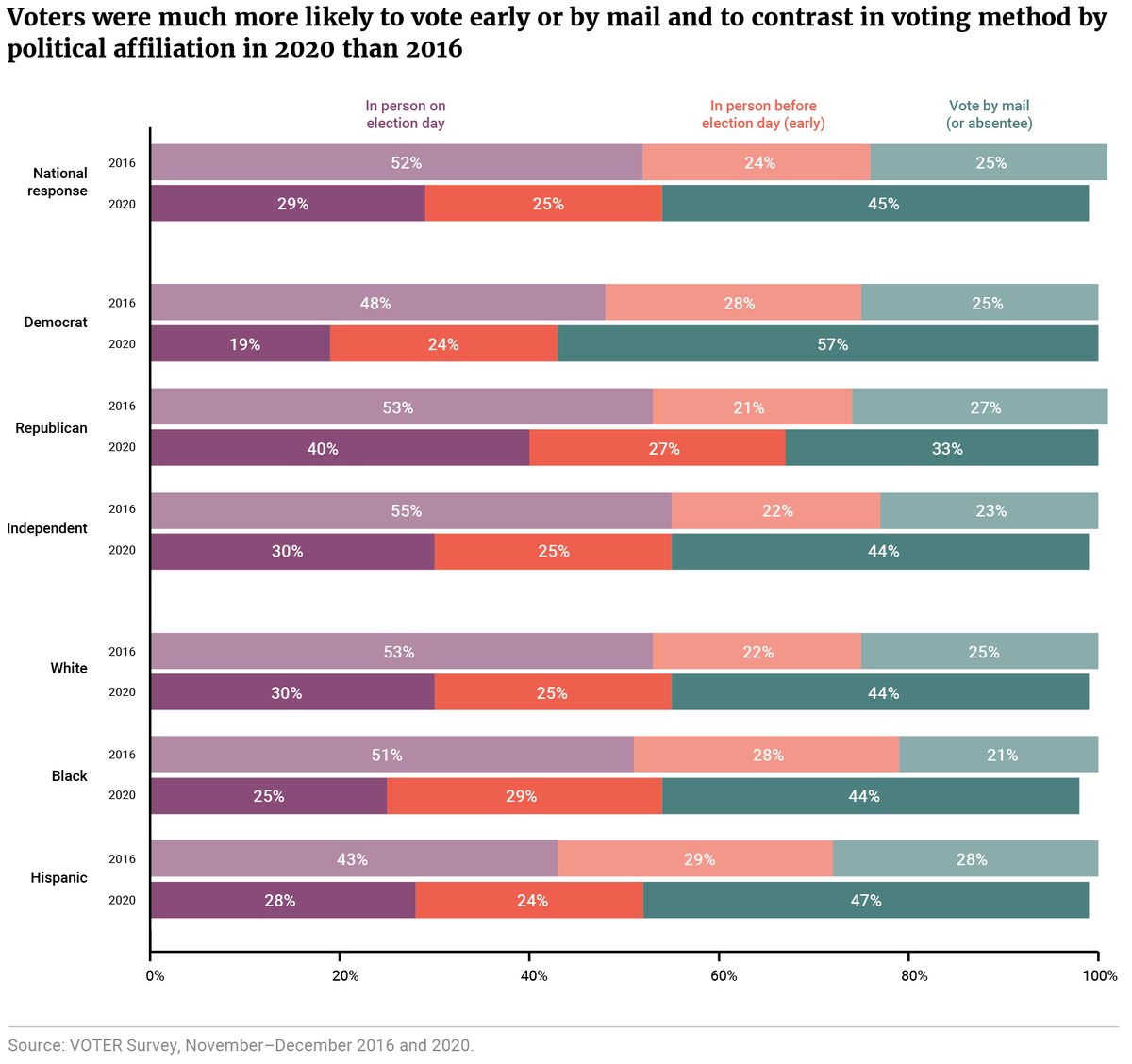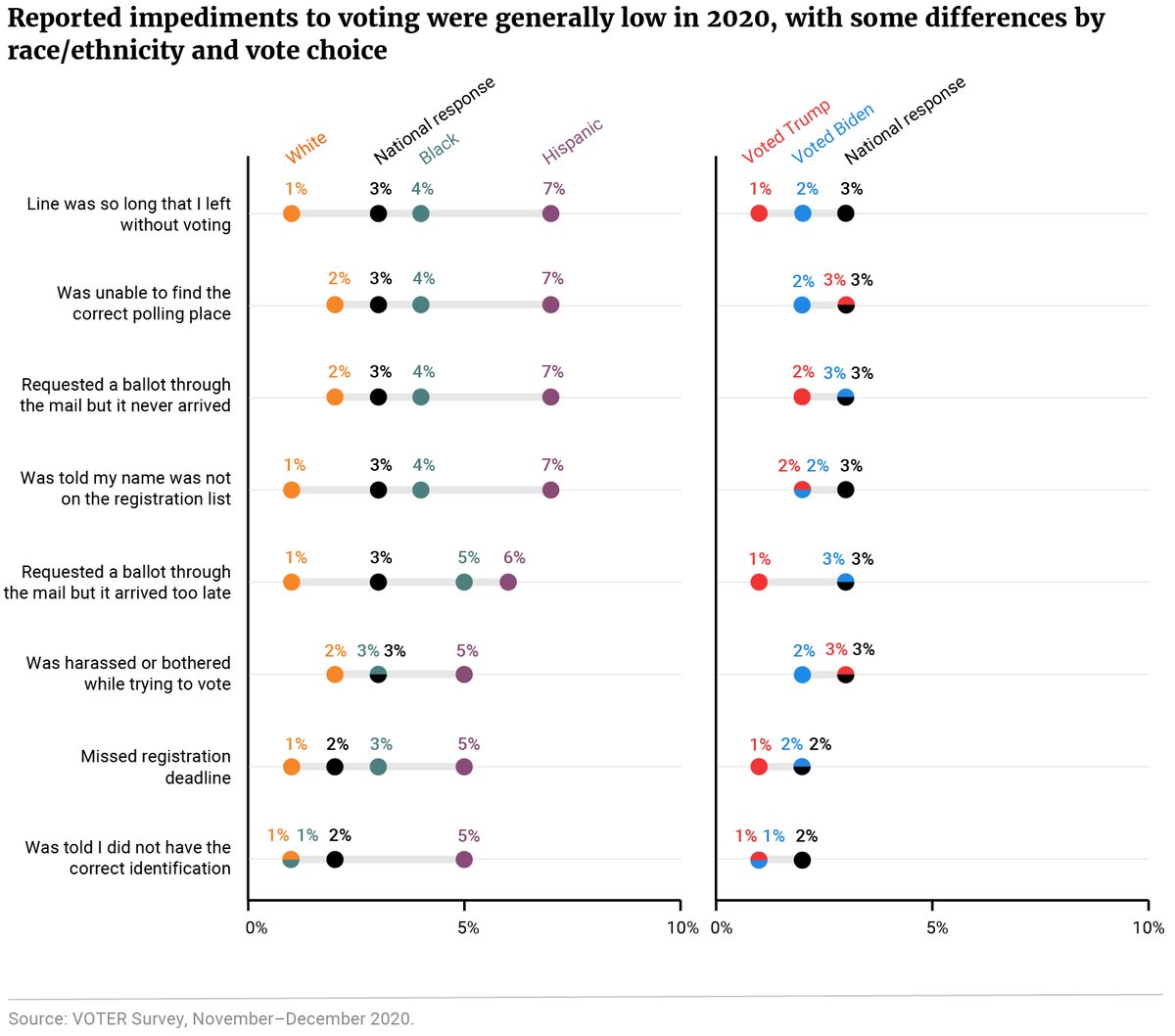
Great piece looking at the (often glacial) effects of demographic change.
Not a knock on it because its focus on racial diversity is pretty intentional BUT throwing educational changes into the mix tells a pretty different story about 1980 vs. 2020.
nytimes.com/2021/05/04/us/…
Not a knock on it because its focus on racial diversity is pretty intentional BUT throwing educational changes into the mix tells a pretty different story about 1980 vs. 2020.
nytimes.com/2021/05/04/us/…
If you really had to tell ONE demographic story about 1980->2020, it's the decline of white non-college voters.
They were about 69% of voters in 1980 and *probably* something like 42% of voters in 2020 (still haven't run the latest CPS through our whole process).
They were about 69% of voters in 1980 and *probably* something like 42% of voters in 2020 (still haven't run the latest CPS through our whole process).

If I did have one knock on the piece:
I would focus less on "flips". It's pretty demonstrable that race/edu changes have minor but consistent effects.
E.G. from the '16 election, here's a "what if there was no demographic change" simulation. Trump would have done even better.
I would focus less on "flips". It's pretty demonstrable that race/edu changes have minor but consistent effects.
E.G. from the '16 election, here's a "what if there was no demographic change" simulation. Trump would have done even better.

• • •
Missing some Tweet in this thread? You can try to
force a refresh






